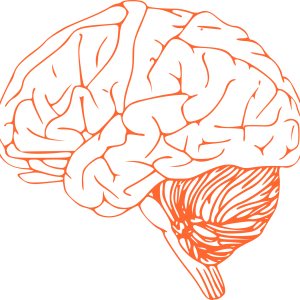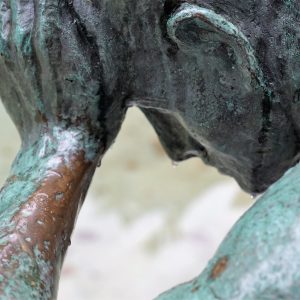 This course focuses on depression, anxiety, problems associated with brain disease or injury, environmental factors, abuse and neglect along with some other disorders. It does not cover those which are known as pervasive developmental disorders (e.g. autism spectrum disorder), learning disorders (e.g. mathematics disorder) or behavioural disorders (e.g. conduct disorders and ADHD). For these, please refer to our course entitled “Developmental, Learning & Behavioural Disorders in Children & Adolescents”. Together both of these courses provide a full picture of childhood mental health disorders.
This course focuses on depression, anxiety, problems associated with brain disease or injury, environmental factors, abuse and neglect along with some other disorders. It does not cover those which are known as pervasive developmental disorders (e.g. autism spectrum disorder), learning disorders (e.g. mathematics disorder) or behavioural disorders (e.g. conduct disorders and ADHD). For these, please refer to our course entitled “Developmental, Learning & Behavioural Disorders in Children & Adolescents”. Together both of these courses provide a full picture of childhood mental health disorders.
E-Learning Structure
The duration of this online course is 100 hours. This consists of 10 in-depth lessons:
Nature and Scope of Mental Health
- This lesson looks at the difference between adult and child mental health, what we mean by mental health and mental wellbeing. It also considers normal childhood development, child mental illness, the prevalence of mental health issues in children and adolescents, the mental health industry. looking at the difference between adult and child and adolescent mental health. What do we mean by mental health? Mental wellness etc.
Childhood Depression
- This lesson looks at the different types of depression in children, how it is diagnosed, the causes of childhood depression, assessing the risk of suicide.
Anxiety Disorders
- Covering topics such as separation disorders, generalised anxiety, school phobias, social phobias, the signs, symptoms and treatment of anxiety disorders, anxiety disorders in adolescence.
Tic Disorders
- The topics covered in this lesson include an introduction to tic disorders, different types of tics, Gilles De La Tourette Syndrome (Tourette’s Syndrome), Transient Tic Disorder, Chronic Tic Disorder and Tic Disorder (NOS).
Brain Disorders (Injury & Disease)
- This lesson introduces brain disorders and considers the differences between adults and children with this sort of condition, traumatic brain injury, congenital malformations, genetic disorders, tumours, infectious diseases, cerebrovascular disease, epilepsy and the impact of environmental toxins on brain disorders.
Other Disorders
- Covering topics such as Motor Disorders, Elimination Disorders – Encopresis, Enuresis, Feeding & Eating Disorders; Reactive Attachment Disorder, Selective Mutism and Stereotypic Movement Disorder.
The Impact of Environmental Problems on Child and Adolescent Mental Health
- Covering Abuse and Neglect, the Effects of Abuse, relationship problems, Factitious Disorders by Proxy, Attachment Disorders and Lifestyle.
Problems of Adolescence
- Including Anorexia, Bulimia, Substance Use, Family Conflict.
Holistic and Alternative Approaches to Treatment
- Such as Drug Treatments, food and mental health, Alternative Therapies such as homoeopathy, art therapy, music therapy, counselling/psychotherapy, craniosacral/biodynamic osteopathy, kinesiology, aromatherapy, sensory integration, behavioural optometry, hearing and mental health, movement therapies.
Special Project
- You choose something of interest to you in relation to child and adolescent mental health and carry out a project on this, guided by your tutor.
How does a Warnborough Online Course Work?
You can start the course whenever is convenient for you. You will be studying from home and have access to support from our qualified tutors. Practical exercises and research tasks will be set at the end of each lesson – including an assignment. You will submit this assignment to your course tutor, who will mark your work and give you constructive feedback and suggestions.
If you have any questions please contact us.






